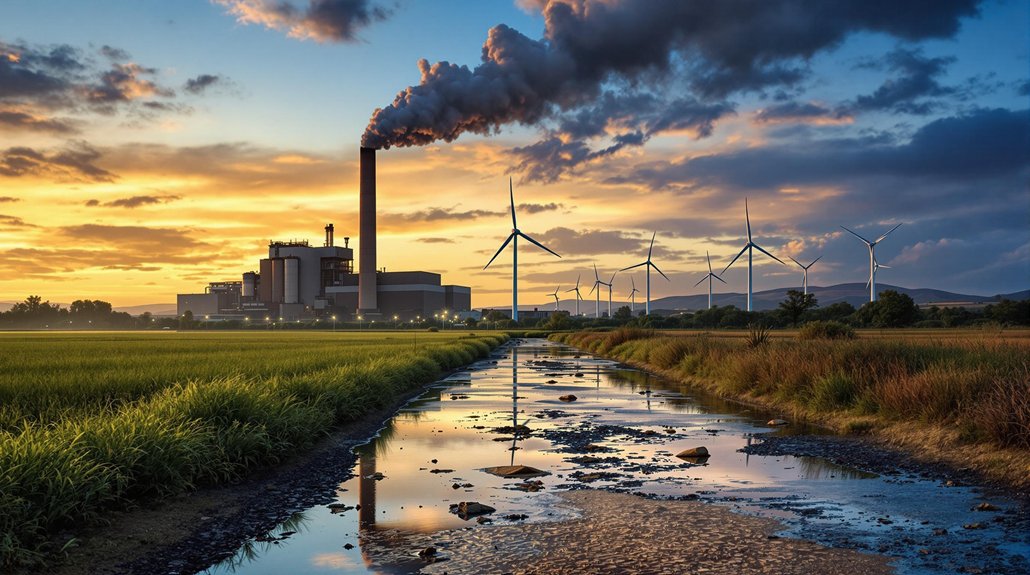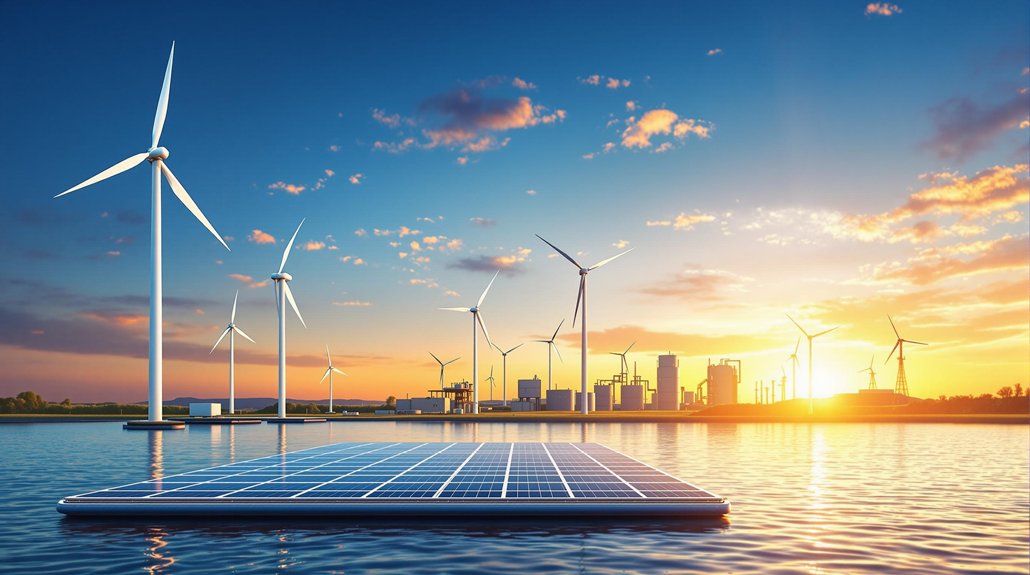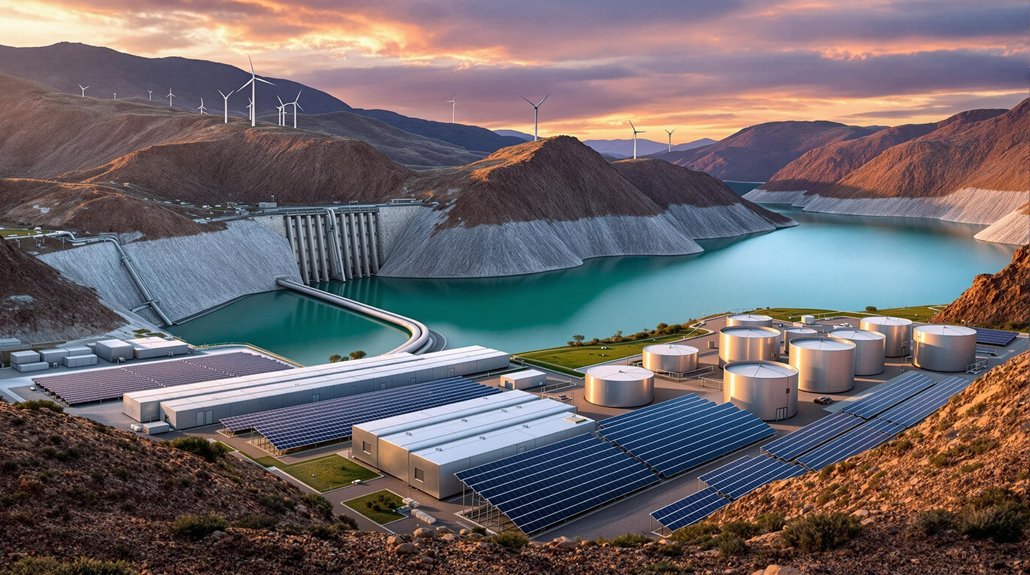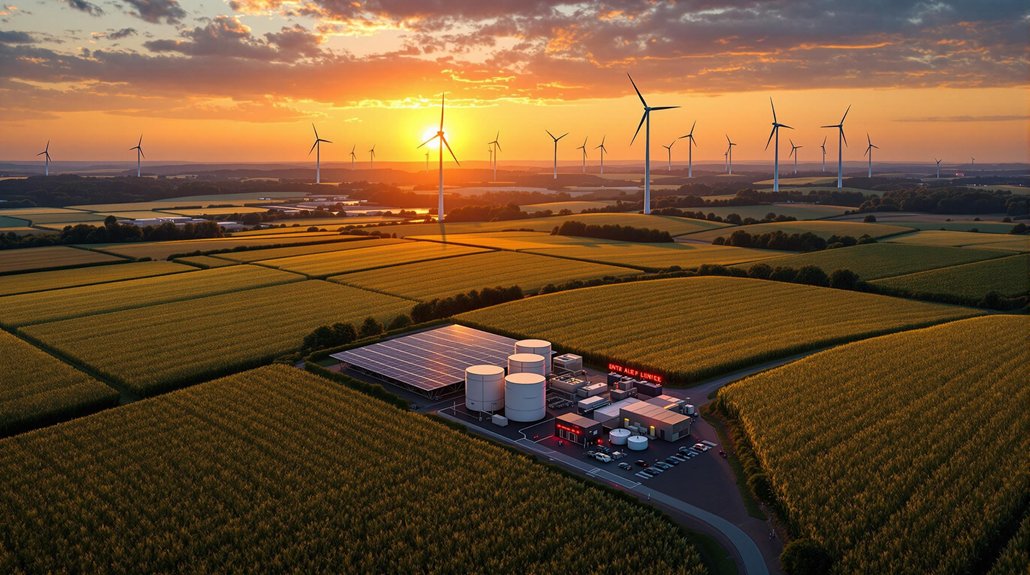Maximizing natural resources requires a multi-faceted approach. Conservation efforts focus on reduce, reuse, recycle practices in homes and businesses. Renewable energy adoption reduces dependence on fossil fuels. Sustainable transportation options like electric vehicles and public transit lower emissions. Circular economy practices design products for longevity and recyclability. Protected areas and wildlife corridors preserve biodiversity. Smart resource management combines these strategies for a more sustainable future. The path forward integrates these innovations into everyday life.

Harnessing the planet’s natural wealth requires careful planning and innovative approaches. Experts worldwide are focusing on resource conservation as a primary strategy. Communities are implementing reduce, reuse, recycle practices in homes and businesses. Farmers now use precision agriculture techniques to minimize waste while maintaining crop yields. Water-efficient irrigation systems help preserve this crucial resource in agricultural regions facing drought conditions.
Renewable energy adoption continues to grow globally. Countries are investing in solar, wind, and hydroelectric power to reduce fossil fuel dependence. Energy storage solutions are being developed to address intermittency issues. Smart grid technologies enable more efficient distribution of renewable power. These advancements help communities shift away from carbon-intensive energy sources. Strong sustainability models emphasize the need to recognize that economic and social activities exist within environmental boundaries.
The global shift to renewables demonstrates our collective commitment to a sustainable energy future.
Transportation systems are evolving to reduce environmental impact. Cities are expanding electric vehicle charging infrastructure and improving public transit options. Bike-sharing programs offer low-impact alternatives for short trips. Research into sustainable aviation fuels may help reduce emissions from air travel, which remains a significant pollution source.
The circular economy concept is gaining traction across industries. Companies are designing products for longevity and recyclability. Take-back programs allow manufacturers to recover materials from used products. Material recovery facilities process waste to extract valuable resources. These approaches reduce the need for virgin material extraction. The integrated resource management approach coordinates the use of various resources holistically, maximizing efficiency and sustainability outcomes.
Biodiversity conservation efforts protect natural ecosystems. Protected areas and wildlife corridors preserve habitat for threatened species. Restoration projects aim to heal damaged ecosystems. Urban green spaces provide habitat patches in developed areas. These initiatives help maintain the planet’s biological diversity.
Sustainable agriculture practices protect soil health and water quality. Crop rotation prevents nutrient depletion while diversification reduces pest problems. Agroforestry integrates trees with crops to enhance biodiversity. Geothermal energy extraction provides a consistent and renewable heat source that can support agricultural operations year-round. Organic farming methods minimize chemical inputs. These approaches maintain long-term agricultural productivity.
Industry leaders are implementing resource-efficient manufacturing processes. Waste heat recovery systems capture energy that would otherwise be lost. Water recycling reduces consumption in industrial processes. These innovations demonstrate that economic growth doesn’t require excessive resource consumption.
Frequently Asked Questions
How Do Resource Extraction Methods Impact Local Communities?
Resource extraction methods create mixed results for local communities. Job opportunities emerge but often don’t last long.
Towns experience population booms that strain services like schools and hospitals. Water and air pollution can harm residents’ health. Some communities see increased crime rates. Indigenous peoples sometimes face displacement.
While businesses may profit temporarily, the benefits aren’t always shared equally among local residents.
What Are the Financial Costs of Switching to Sustainable Practices?
Switching to sustainable practices involves significant upfront costs. Companies face expenses for new equipment, staff training, and certification.
However, these investments often lead to long-term savings on energy, waste management, and raw materials. Many businesses also gain market advantages including increased customer loyalty and access to eco-conscious consumers.
The payback period varies by industry, and some benefits like improved brand value can’t be easily measured.
Which Countries Lead in Resource Conservation Technology?
Several countries lead in resource conservation technology.
Scandinavian nations excel, with Norway using 95% hydropower and Iceland nearly 100% renewable electricity.
Germany consumes 46.9% renewable power.
Singapore’s NEWater technology transforms wastewater to drinking quality.
The United States leads in AI applications for conservation.
Costa Rica maintains 98% renewable electricity for over eight years.
Japan’s energy efficiency technologies are world-class.
How Do Trade Policies Affect Global Resource Distribution?
Trade policies directly shape how natural resources move around the world.
Export restrictions limit what resource-rich countries can sell abroad. Import tariffs make resources more expensive for buying nations. Free trade agreements help partners exchange resources more easily.
These policies impact who gets access to materials, what they pay, and how sustainable resource use can be. They’re often used as political tools in international relations.
Can Depleted Natural Resources Ever Be Fully Restored?
Some depleted natural resources can be fully restored, while others cannot. Renewable resources like forests and fisheries can recover if given enough time and protection.
However, non-renewable resources such as fossil fuels and minerals won’t regenerate within human timescales.
Success stories include Brazil’s Atlantic Forest restoration and China’s Loess Plateau rehabilitation.
Scientists say restoration depends on the severity of depletion and whether critical ecological thresholds have been crossed.









